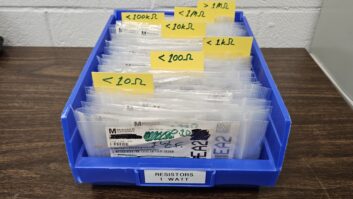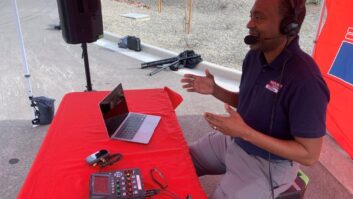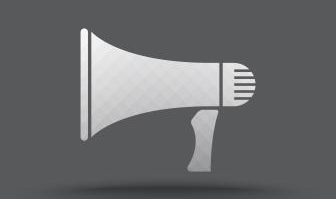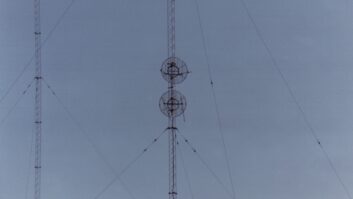Tom Osenkowsky is a Radio World contributor. Here, he comments as a consultant and former AM station general manager.
Much attention is being focused on options to help the AM band.
I’d like to point out first what we have — and by “we” I refer to AM broadcasters.
We have excellent transmission technology. We have transmitters with very good specifications in terms of frequency response, THD/IM distortion and low tilt/overshoot. We have audio processors that produce excellent audio quality and loudness when properly set up. We have computer simulation tools such as Moment Method and feeder system matrix modeling which can optimize impedance and pattern bandwidth for directional systems. We have tools such as the Array Solutions Vector Impedance Analyzer, OIB and other instruments to adjust AM feeder systems.
The bottom line is that an AM broadcaster can transmit a high-quality audio product.
What the audience has is an increased noise floor partly caused by the very technology it now faces as competition: DSL, computers, BPL among others. They also have less sensitive narrowband receivers and auto antennas embedded with more aesthetically acceptable appurtenances. Technology improvements such as NRSC pre-emphasis, AM stereo and AM IBOC have done little to substantially increase listener interest in AM radio. We had the hope that annually required emission measurements (“NRSC” measurements) would be an incentive for AM receiver manufacturers to adhere to the AMAX standard. This, of course, never happened.
What we have is a medium that once was at the top of its game. In the 1960s we had AM only car radios. Then came FM, 8-track players, cassette players, CD changers, satellite radio, iPod and USB interface jacks. These are all competing to provide entertainment in one’s vehicle, most with audio quality better than the average AM receiver.
There are ideas and proposals to relocate the AM band to VHF and transition to all-digital mode (as was done with DTV). While these are technology related, we must also consider what is in this for the listener. We need to provide an incentive by means of a product that will entice them to embrace this new technology.
As far as “sunsetting” analog AM service: Yes the idea is scary, but consider the many technologies that have been “sunset” over time: Cart, DAT, cassette, LPs, 45s, reel tape, DATS/SEDAT satellite receivers, shortwave stations and CDs. A great deal of money had been invested in those too; yet progress brought forth newer technologies.
Broadcasters and the FCC need to be willing to examine the AM broadcast service, and refine the rules to accommodate the realities we face today with a look ahead to those we will face in the future.












